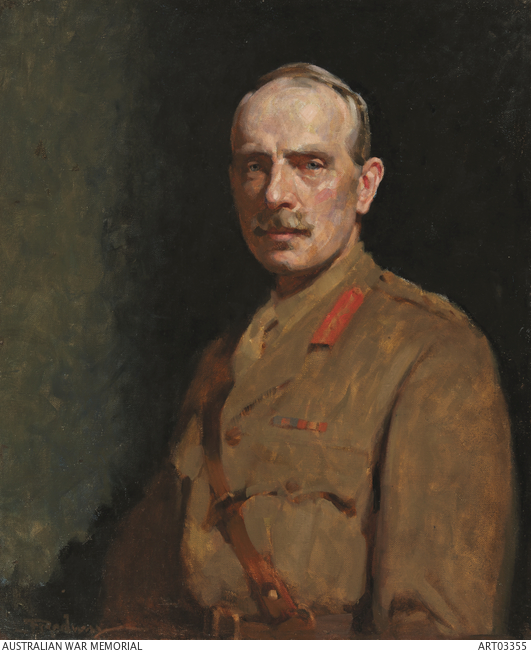Establishment of Duntroon
At the time the Royal Military College, Duntroon, was established Canberra was very much a rural community with a scattered population of just 1,700. The college also started small: the first intake was 42 cadets, with about 40 academic and support staff. Today the college employs over 200 staff and operates five cadet companies of about 100 cadets each.
The federal government preferred the college to be established within the site for the nation’s capital. Accordingly the college’s inaugural commandant, Brigadier General William Throsby Bridges, recommended the former sheep station because it was “outside the reach of the growth of the city” and cadets would be spared the temptations that a city would bring.
Duntroon had been owned by the Campbell family since 1825 and was named after the family’s ancestral home in Argyllshire, Scotland. Initially the government rented part of the site for two years before purchasing the entire property in July 1912.
Major General Sir William Bridges
William Throsby Bridges, the son of a naval officer, was born in Scotland in 1861. Educated in London and at the Royal Military College, Canada, he arrived in Sydney in 1879 where he gained a commission in the New South Wales permanent artillery. During the Boer War, he was seconded to the British army and took part in the relief of Kimberley and the battles at Paardeberg and Driefontein. He became the Australian representative on the Imperial General Staff in London in 1909, but the next year was recommended by Lord Kitchener to found the Royal Military College, Duntroon.
Duntroon cadet’s full dress tunic
The full dress uniform worn by the first cadets at the Royal Military College, Duntroon, consisted of this style of tunic with khaki trousers and a khaki helmet.


